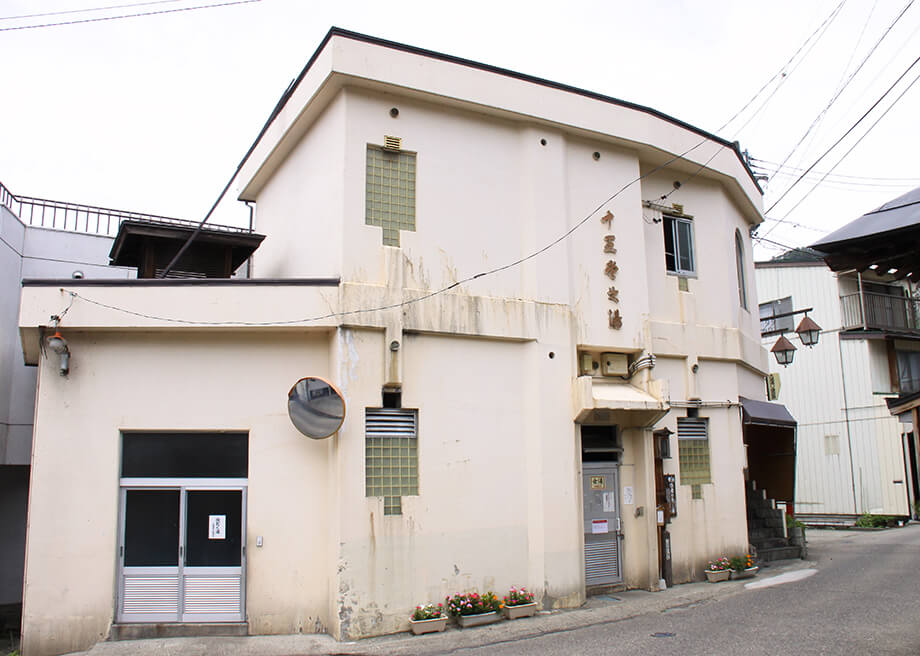ABOUT SOTOYUSOTO-YU MEGURI
 Nozawa Onsen flourished as a hot spring town during the Edo period (1603–1868), when drinking from and soaking in the alkaline mineral-rich water was said to heal various illnesses. The town is particularly proud of its Soto Yu, thirteen communal bath houses dotted around the neighborhood and run by local families of the “Yunakama” community. Easily recognizable due to their wooden structures, which resemble architectural designs from the Edo period, the baths are located within walking distance. Facilities combine a calm atmosphere with rustic, simple structures;there’s one room for each gender, containing a bathtub with space for about ten people and a changing area. All the baths are served by a hot spring whose water flows continuously from its local natural source (ranging between 40–90 degrees Celsius) called gensen kakenagashi; the water in the bathtubs is typically 45–49 degrees Celsius. For first-timers the hot water can be a challenge, but it’s a challenge worth accepting because your body will profit from the silk-like, mineral-rich liquid, which boasts anti-aging effects and smoothens your skin. If it’s too hot, don’t worry—you can add cold water to adjust the temperature, but do check with other guests that they are comfortable with the change. Some like it hot. Keep in mind that swimwear is not common in onsen facilities, and before you enter the bath you have to wash while seated as to not disturb other visitors (don’t forget to bring a towel and soap). There is no entrance fee to the thirteen Soto Yu, but contributions towards its upkeep are appreciated. Donation boxes are placed next to the entrance of each bath. You may also encounter single indoor pools next to some Soto Yu facilities. These are used by villagers for daily tasks such as laundry or vegetable washing.
Nozawa Onsen flourished as a hot spring town during the Edo period (1603–1868), when drinking from and soaking in the alkaline mineral-rich water was said to heal various illnesses. The town is particularly proud of its Soto Yu, thirteen communal bath houses dotted around the neighborhood and run by local families of the “Yunakama” community. Easily recognizable due to their wooden structures, which resemble architectural designs from the Edo period, the baths are located within walking distance. Facilities combine a calm atmosphere with rustic, simple structures;there’s one room for each gender, containing a bathtub with space for about ten people and a changing area. All the baths are served by a hot spring whose water flows continuously from its local natural source (ranging between 40–90 degrees Celsius) called gensen kakenagashi; the water in the bathtubs is typically 45–49 degrees Celsius. For first-timers the hot water can be a challenge, but it’s a challenge worth accepting because your body will profit from the silk-like, mineral-rich liquid, which boasts anti-aging effects and smoothens your skin. If it’s too hot, don’t worry—you can add cold water to adjust the temperature, but do check with other guests that they are comfortable with the change. Some like it hot. Keep in mind that swimwear is not common in onsen facilities, and before you enter the bath you have to wash while seated as to not disturb other visitors (don’t forget to bring a towel and soap). There is no entrance fee to the thirteen Soto Yu, but contributions towards its upkeep are appreciated. Donation boxes are placed next to the entrance of each bath. You may also encounter single indoor pools next to some Soto Yu facilities. These are used by villagers for daily tasks such as laundry or vegetable washing.
To give your onsen-hopping even more of a local flavor, wander around this picturesque, nostalgic town dressed in a yukata (light cotton kimono), and explore the many narrow lanes with their tiny canals. Even if you may not feel comfortable entering a Soto Yu, it is worth visiting each of them. Gaze at their unique architecture, or collect stamps at the checkpoints in front of each bath. Hours: May–Nov 5am–11pm, Dec–Mar 6am–11pm
| Opening days and hours | April to November: 5:00–23:00 December to following March: 6:00–23:00 |
|---|---|
| Charge | Up to you.Put some money into donation box at each Soto-yu. |

O-yu bathhouse
Located in the center of the town, the O-yu bathhouse—the symbol of Nozawa-onsen—is the largest and grandest bathhouse building among the Soto-yu.
This is a must-try bathhouse for visitors to Nozawa-onsen.

Kawahara-yu bathhouse
Though small, this bathhouse has a typical bathhouse style building with a traditional atmosphere. The water here is said to be good for skin diseases. The water is very hot, and it’s a popular place in summer, when bathing in the morning is a good idea.
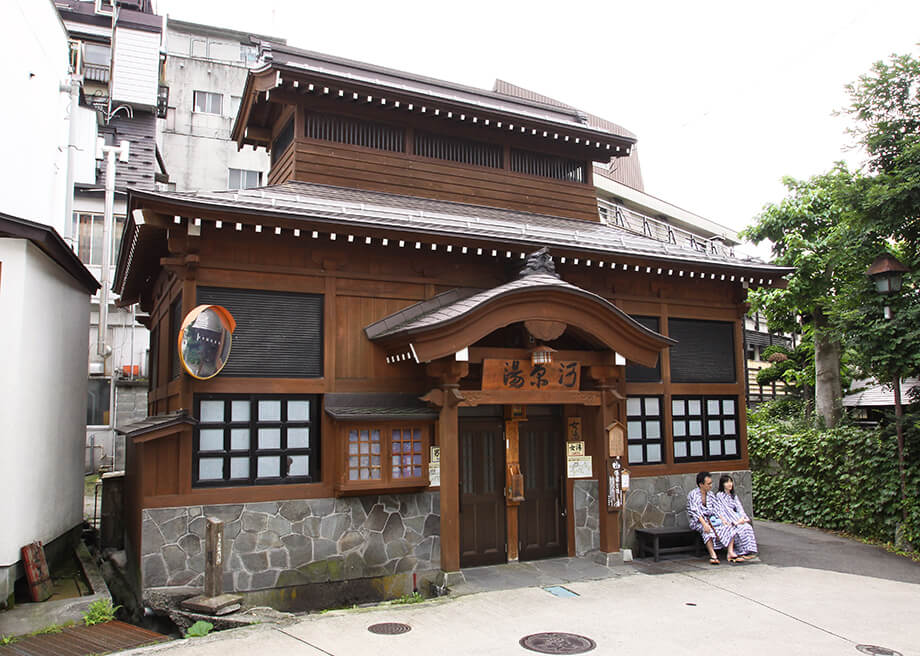
Akiha-no-yu bathhouse
This bathhouse is located a bit away short distance from the center of the Onsen district. The floor of the bathtub is tiled, and the slightly milky hot water here is constantly replaced as it flows from the spring.
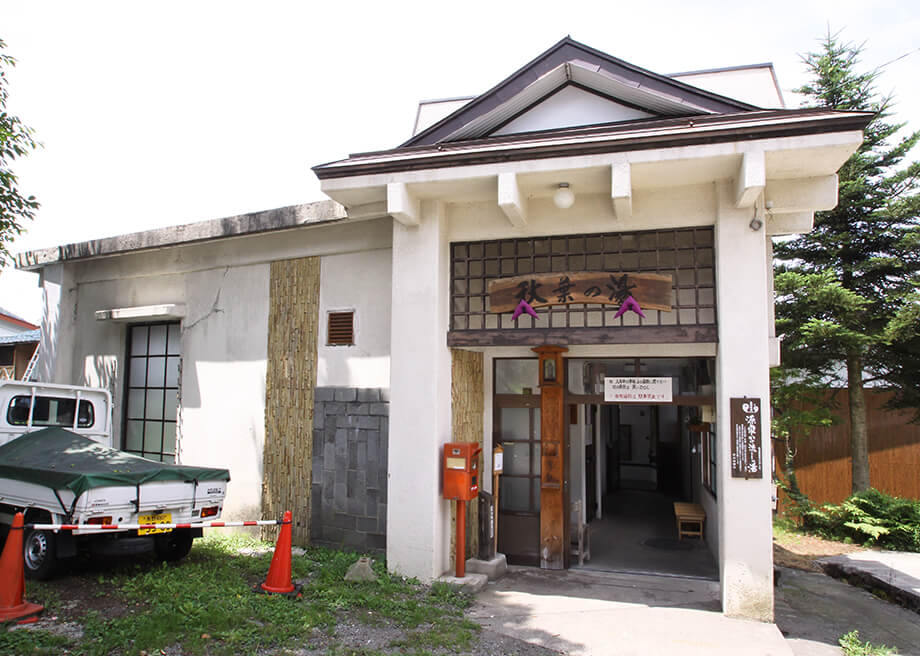
Asagama-no-yu bathhouse
There is a communal laundry behind this bathhouse building. This Soto-yu is much loved by locals.

Kamitera-yu bathhouse
It is said that hot water at this bathhouse is especially good for cuts, burns, and boils. The water here has a slightly greenish transparent hue.
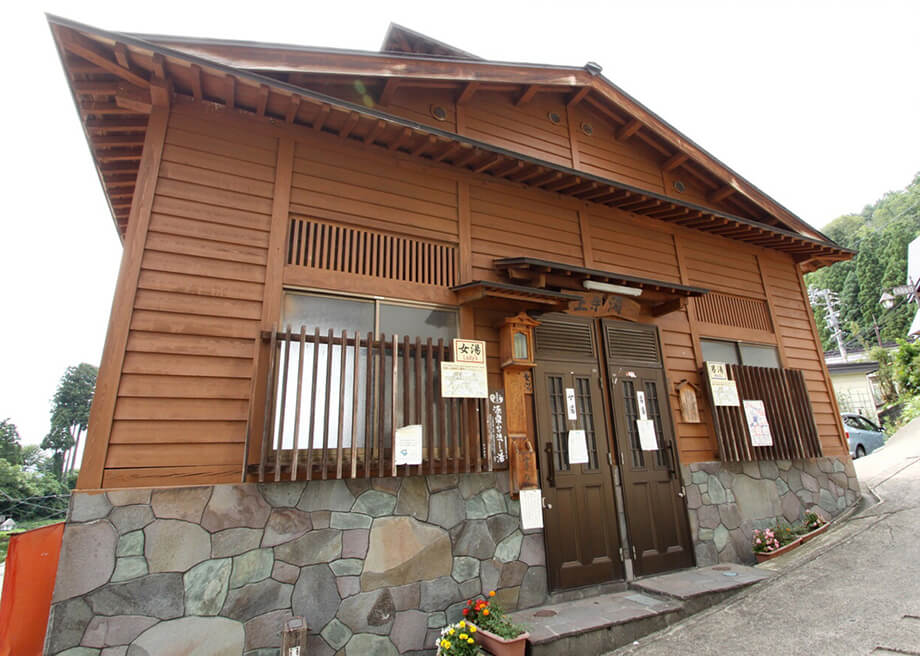
Kumanotearayu bathhouse
An old bathhouse said to have been discovered by a bear. It is said that Nozawa-onsen originated in this place, which according to legend was shown to a hunter by an injured bear.
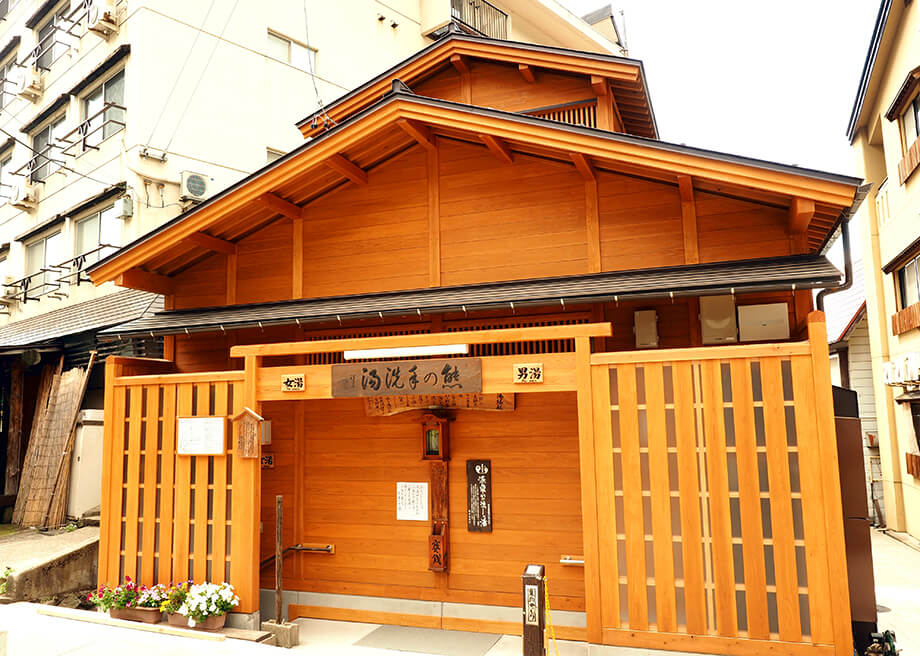
Matsuba-no-yu bathhouse
While the foundation of the building is stone, the bathroom inside is in the style of a temple, with a nice atmosphere.
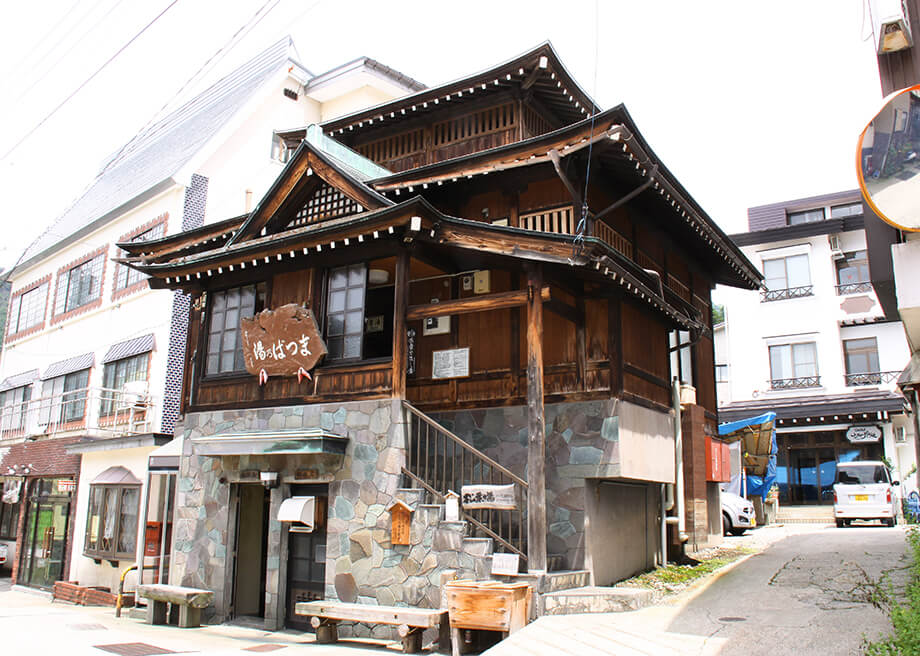
Nakao-no-yu bathhouse
This massive bathhouse is the largest of Nozawa-onsen’s Soto-yu. The communal bathhouse is in a building constructed in a temple style.
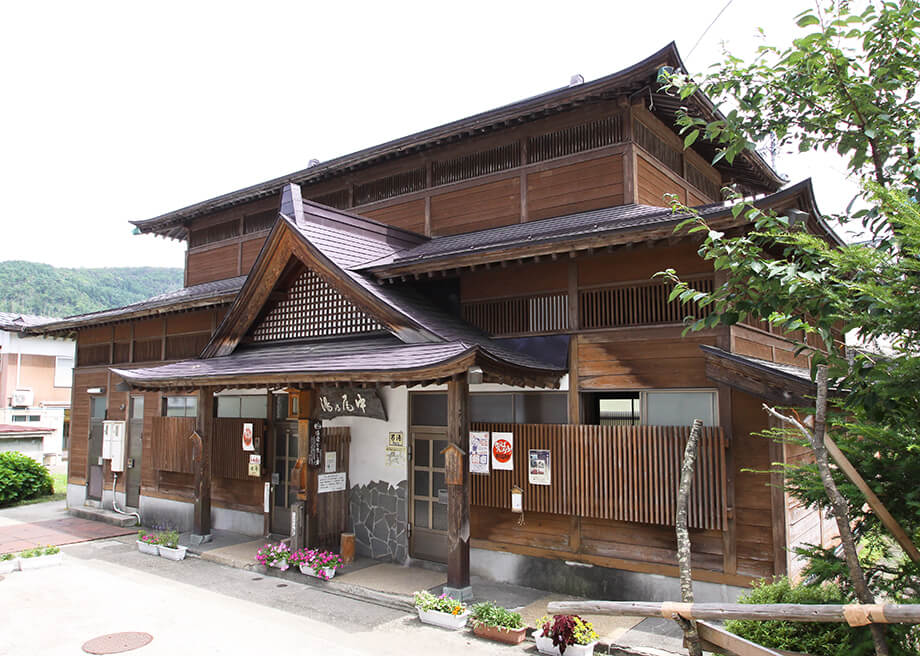
Shinden-no-yu bathhouse
While the water you can see flowing from the mouth of the lion appears clear and colorless, the water in the bathtub is slightly milky.
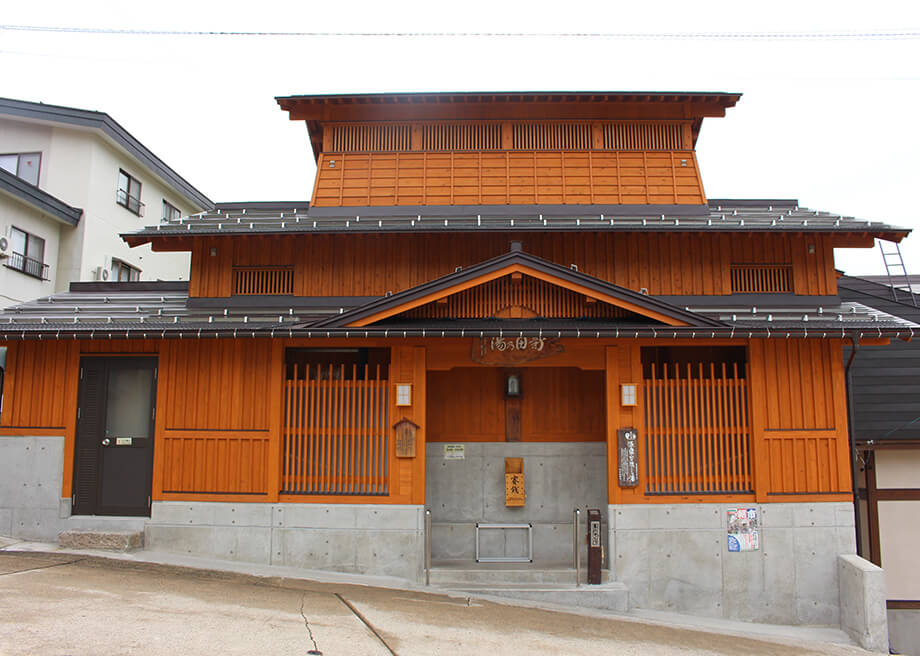
Shin-yu bathhouse
This public bathhouse is located near the entrance to Tsutsujiyama Park, at the north end of town. People say that the water here is good for diseases cured by warming.
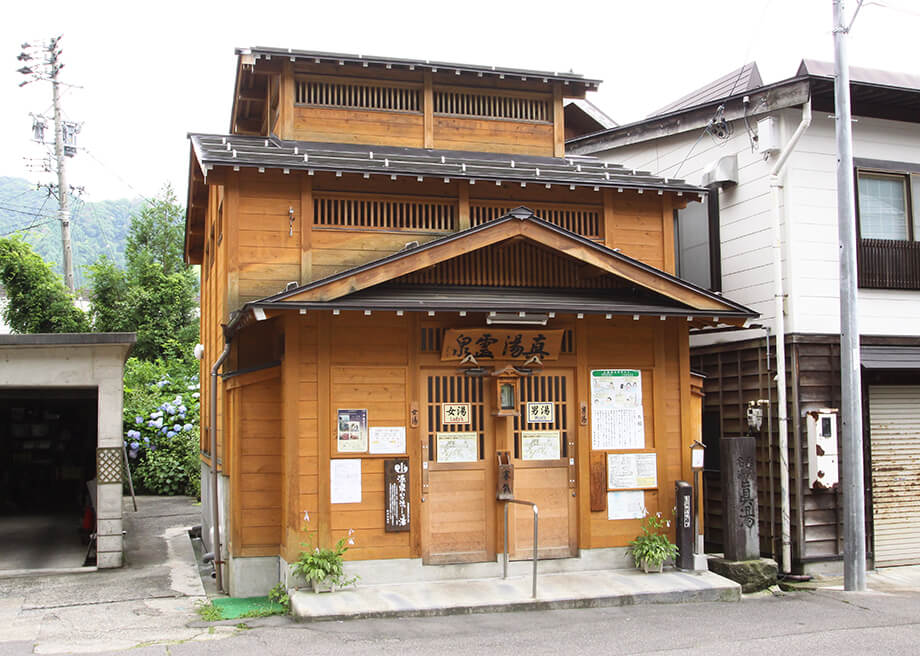
Taki-no-yu bathhouse
With its traditional style building, this public bathhouse has a relaxing atmosphere. The water at this bathhouse is good for those recovering from serious illnesses.
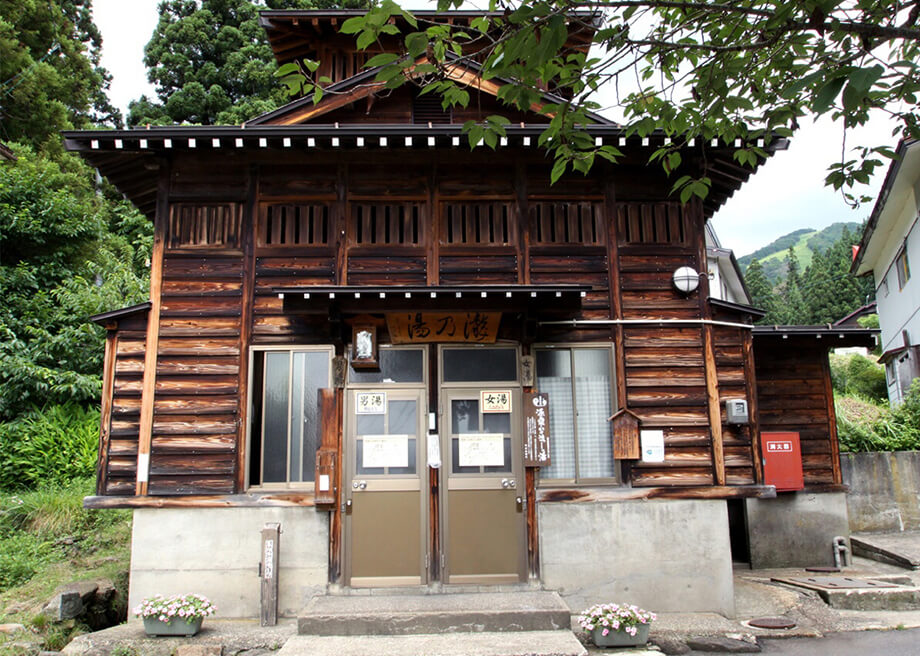
Yokochi-no-yu bathhouse
This bathhouse is located in the basement of a building below the Yokochi traffic lights, and the stone wall of the building serves as a landmark. The water at this bathhouse is especially good for skin diseases.
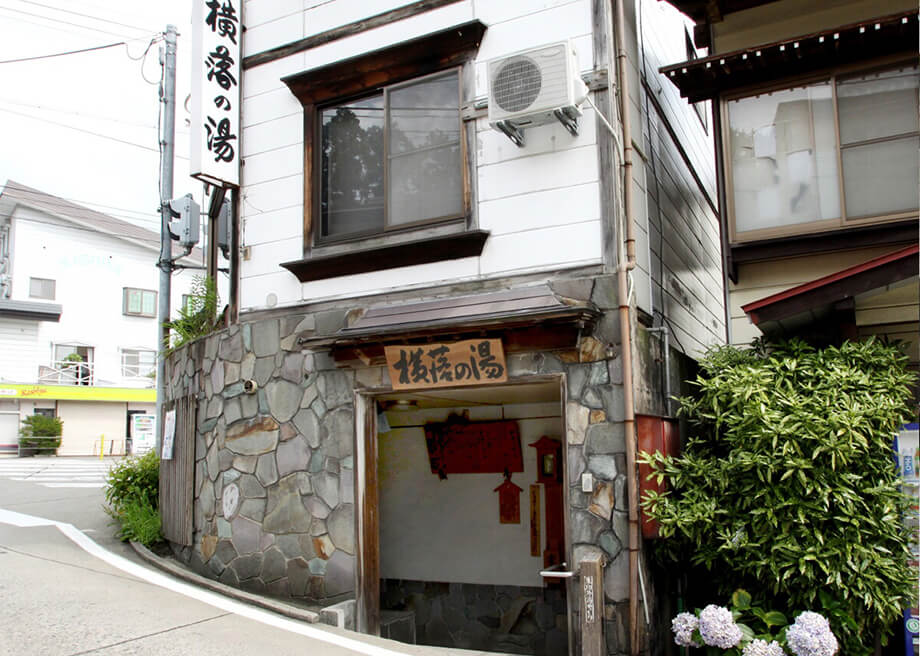
Juodo-no-yu bathhouse
This Soto-yu is a somewhat modern western style building. The first floor is for women and the second floor is for men.
